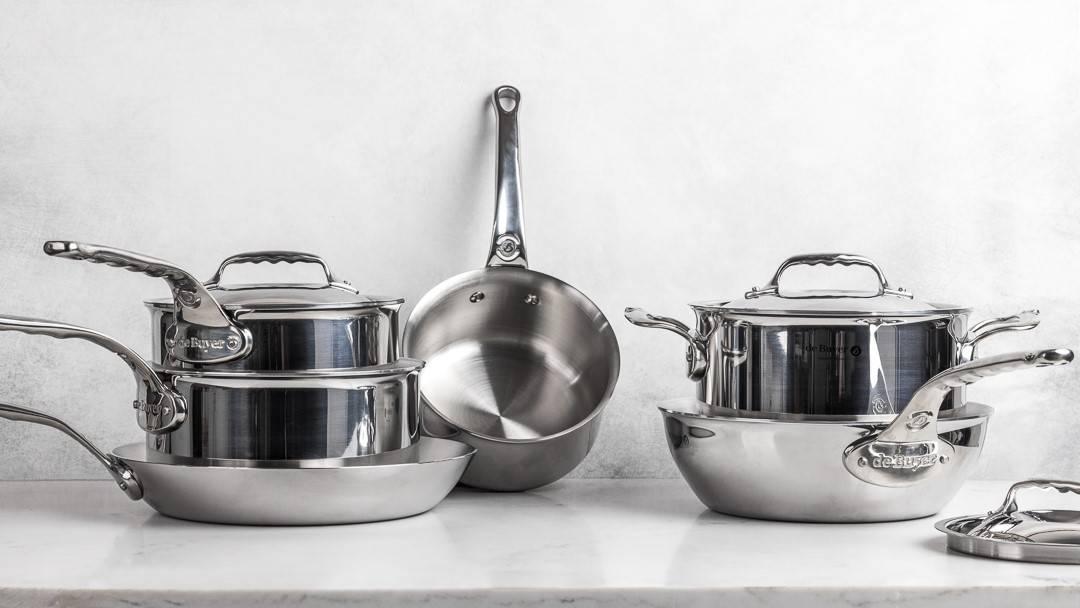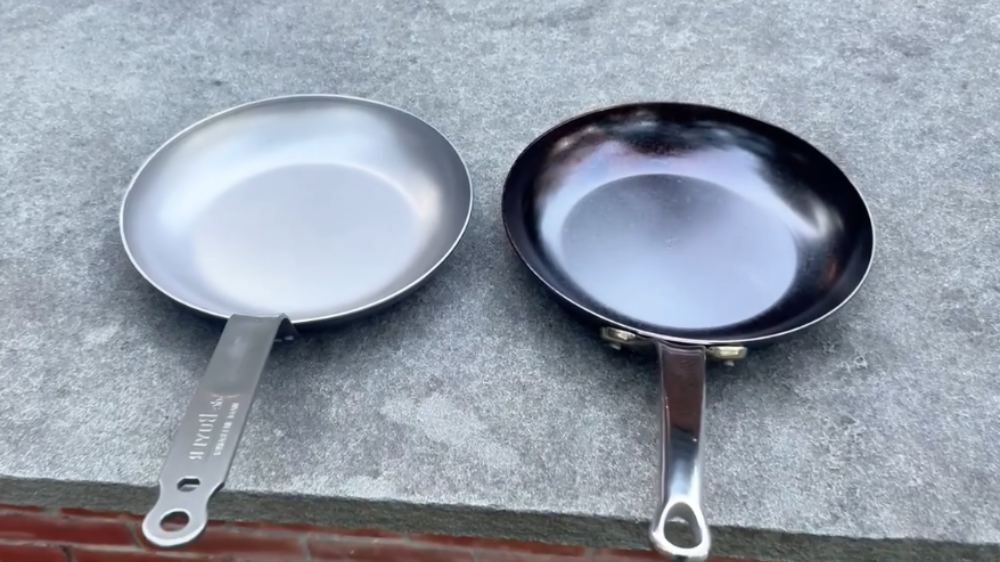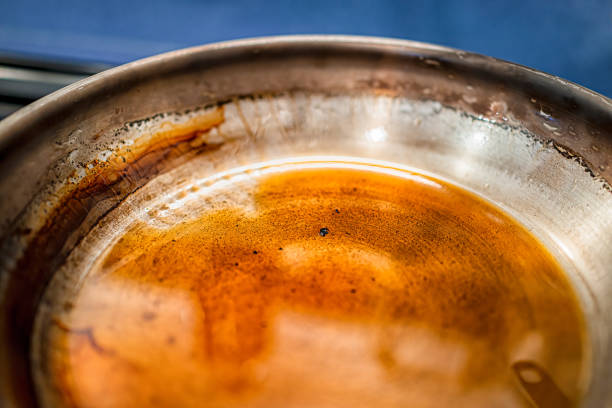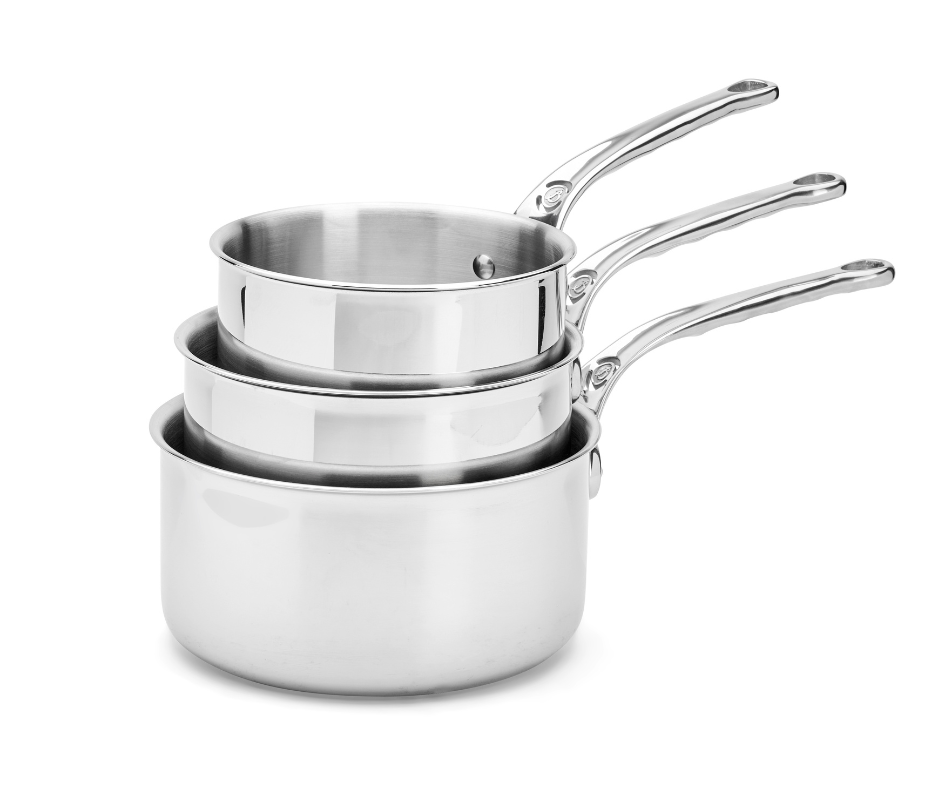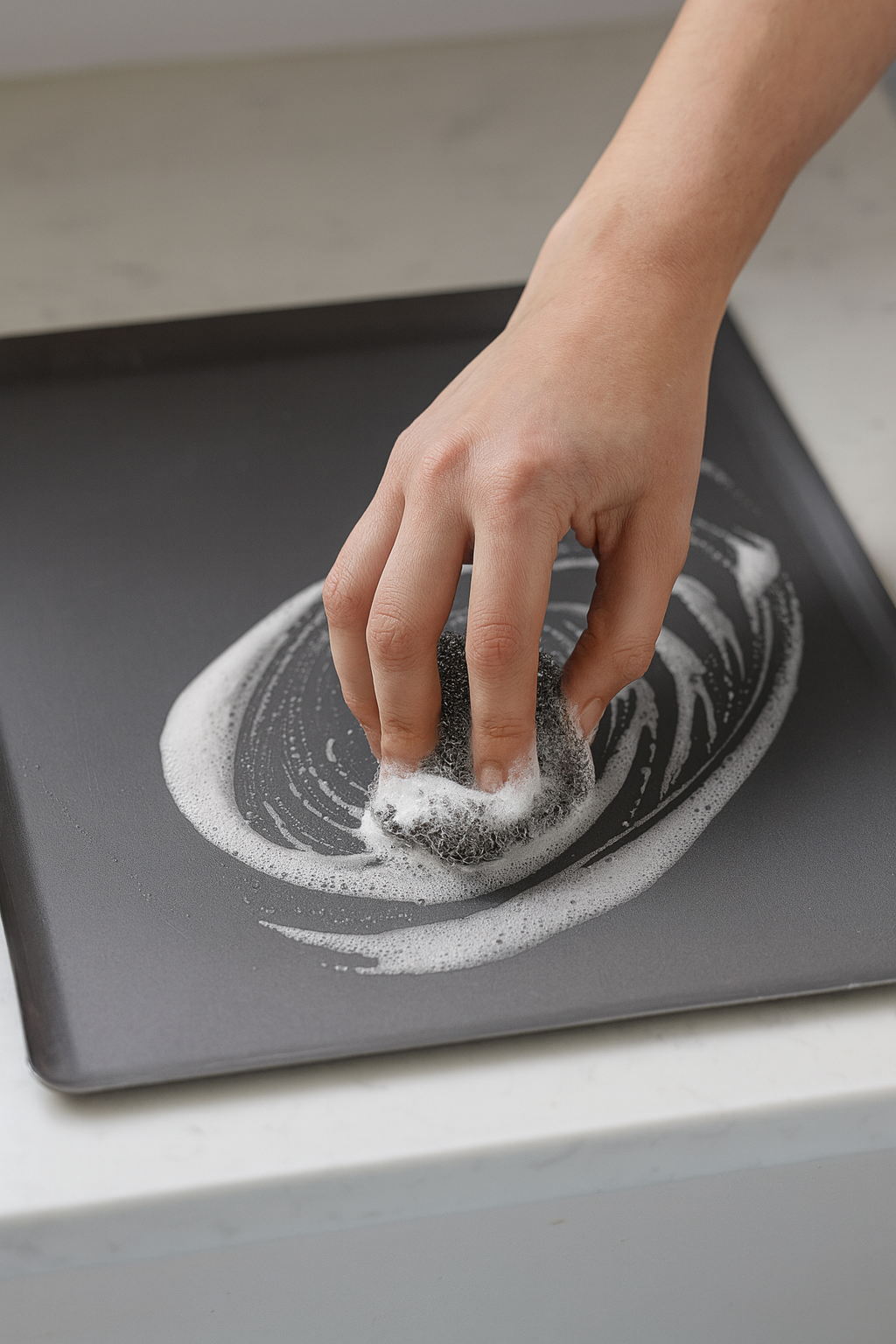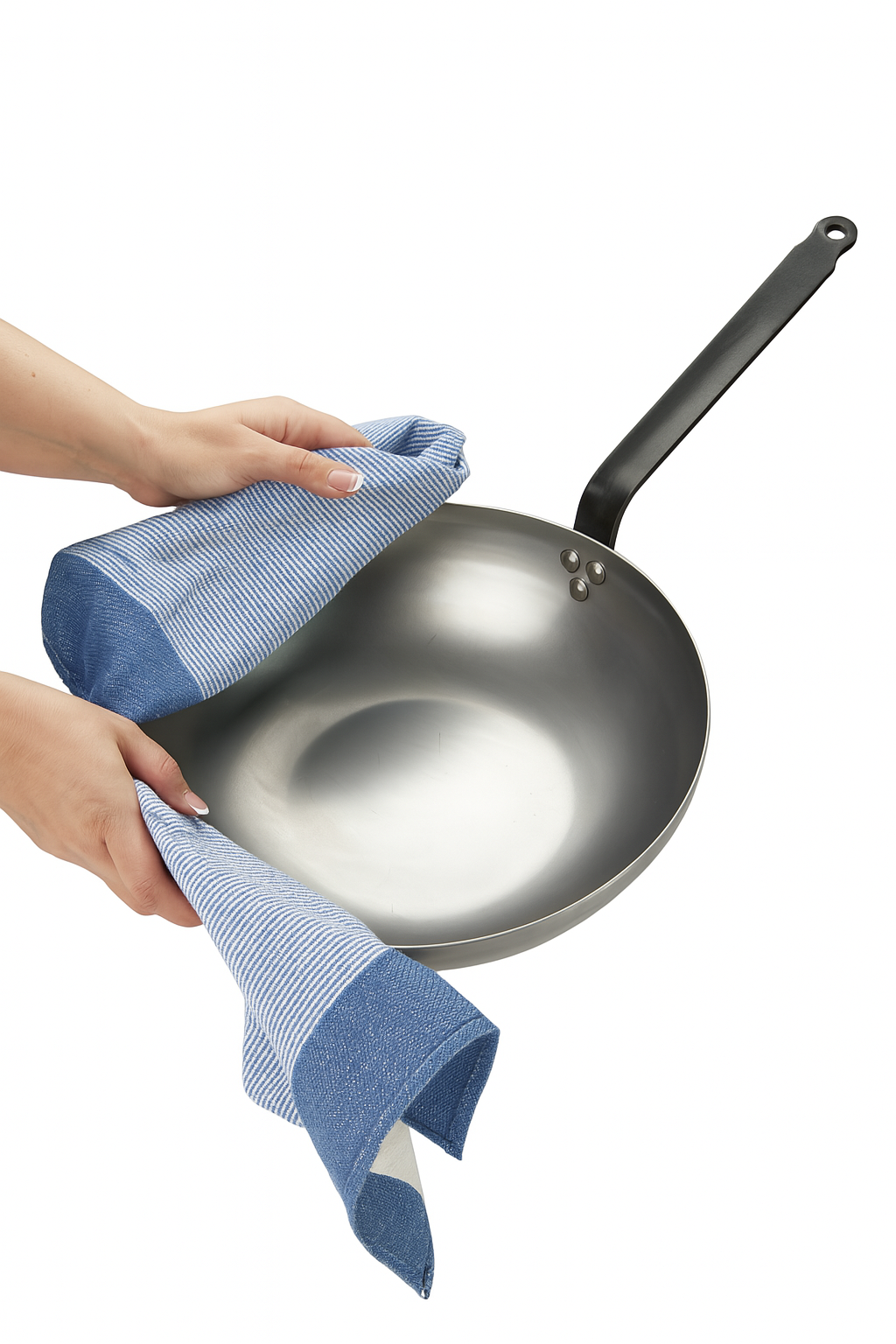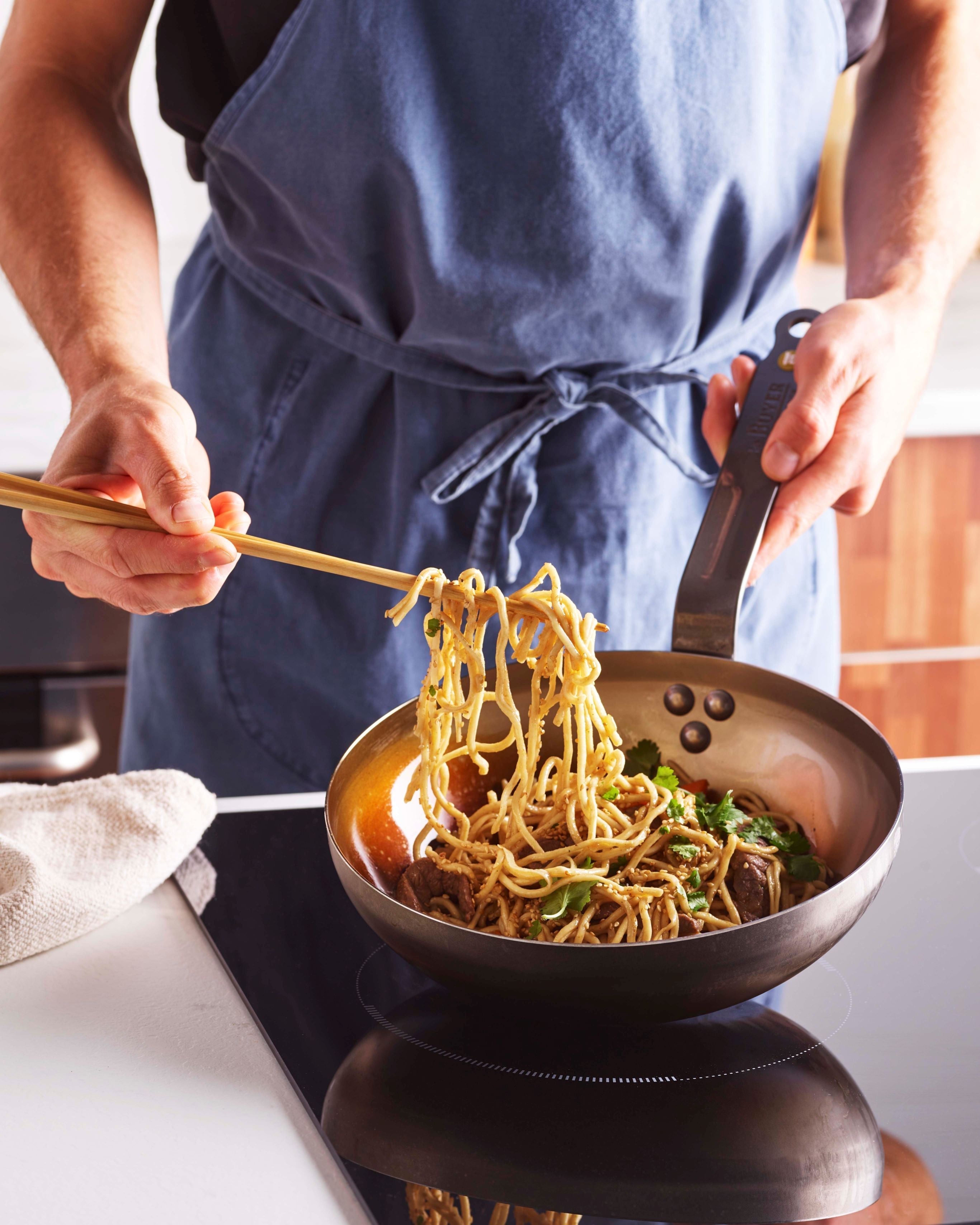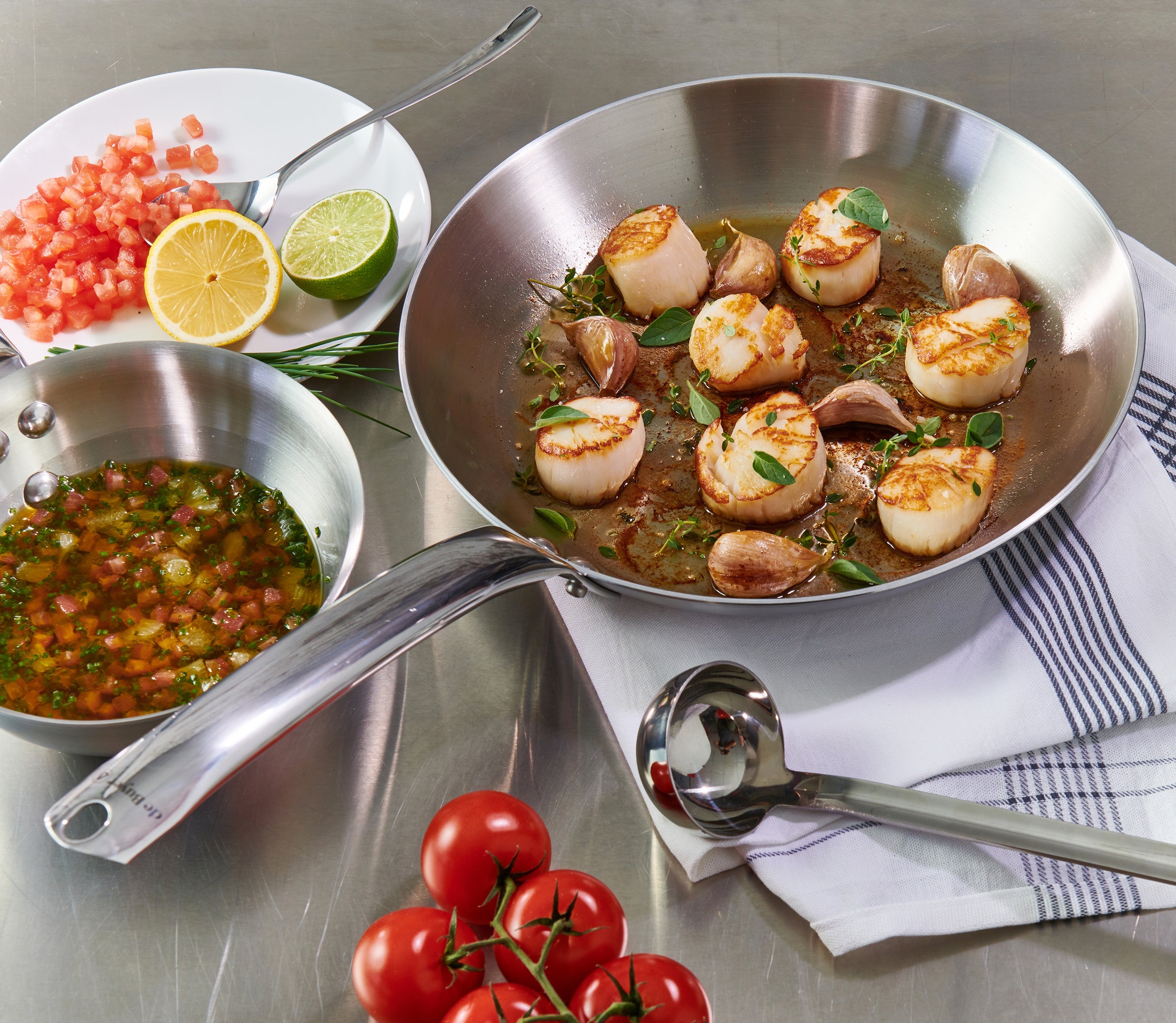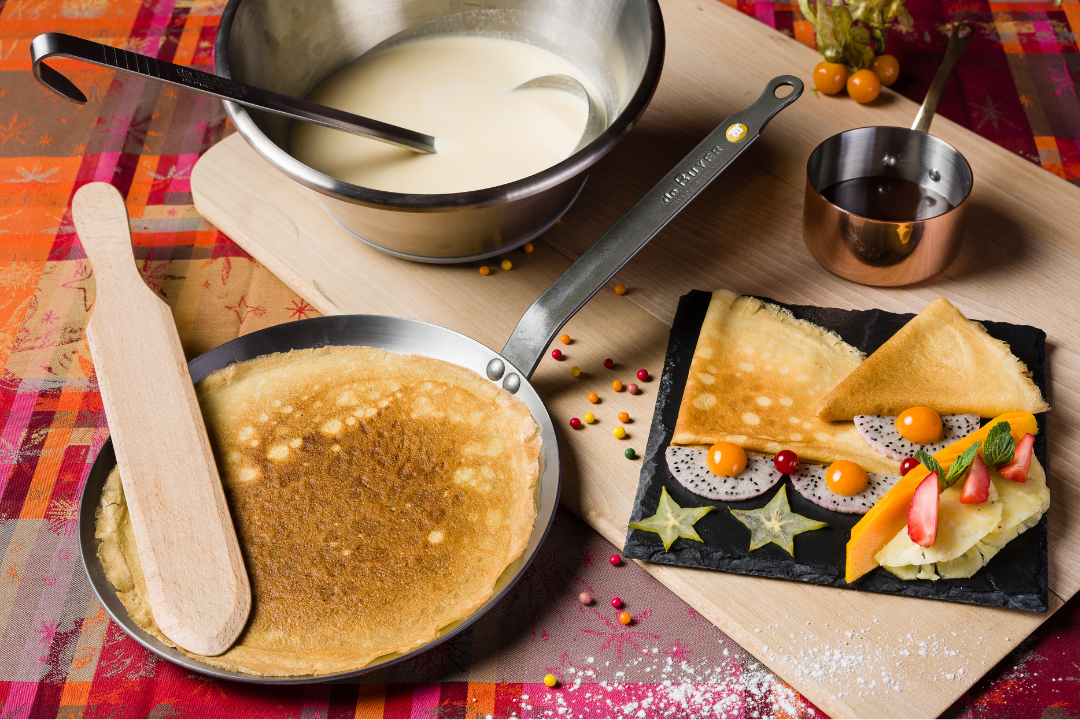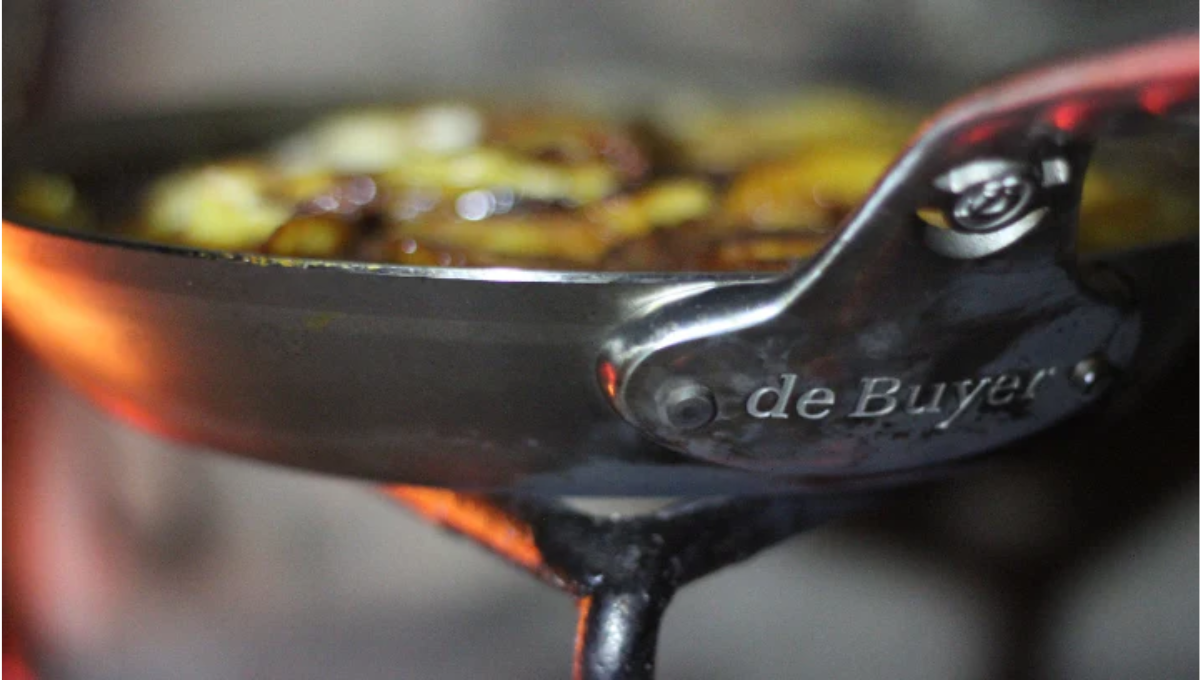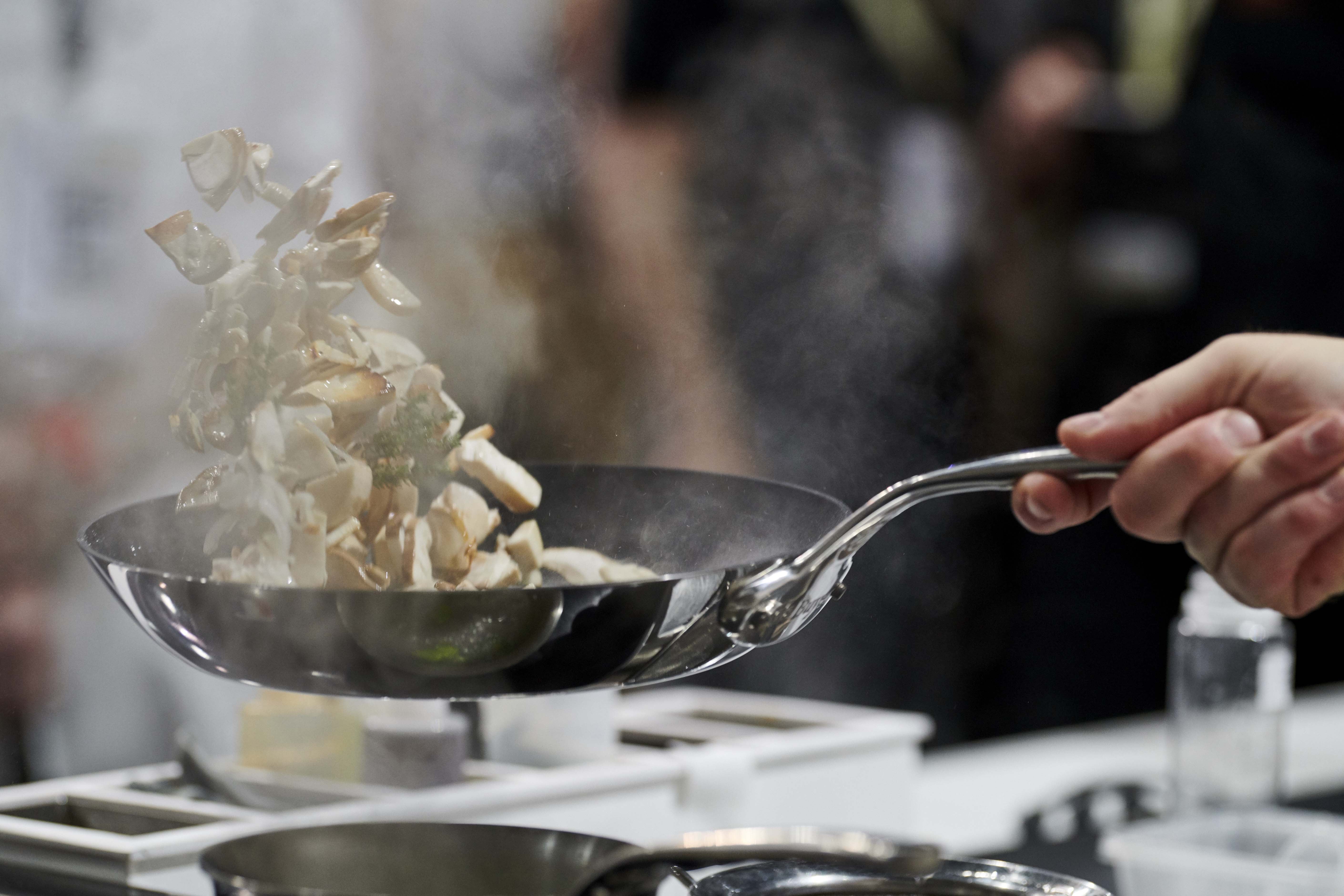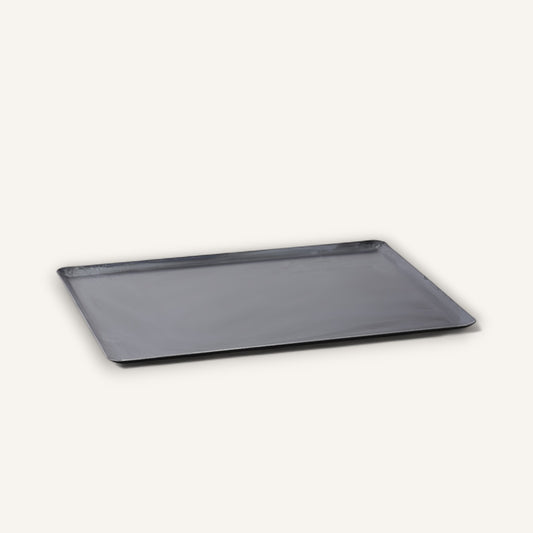Imagine you're in your kitchen, about to whip up your favorite dish. You reach for that trusty, gleaming pan that never lets you down. Yes, we're talking about the star of the show – stainless steel cookware! It's not just a pretty face in your kitchen; it's a powerhouse of durability and versatility. Loved by chefs and home cooks worldwide, stainless steel has a well-earned reputation for its long-lasting quality and even heat distribution.
Now, let's take a quick stroll down memory lane. Stainless steel has only sometimes been the kitchen hero we know today. Its journey into our kitchens is a tale of innovation and evolution. Learning about this history adds a dash of appreciation to every meal you create.
But wait, there's more to it than just admiring its shiny surface. Understanding how to use stainless steel properly is crucial. It's the difference between a good meal and a great one. Fear not! We're here to guide you through every sizzle and sear.
In this article, we'll dive into the essential tips and tricks for making the most out of your stainless steel cookware. From selecting the right pieces to mastering the art of temperature control – we've got you covered. And yes, we'll also tackle that all-important question: "How to cook with stainless steel?" and why it's a game-changer for your cooking adventures.
So, keep reading, and let's embark on this shiny culinary journey together! Your stainless steel cookware is more than just a kitchen tool; it's a partner in your quest for delicious creations.
The Basics of Stainless Steel
Stainless steel is more than just a pretty face in your kitchen. Its composition includes iron, chromium, and other alloys. This mix gives it that strong and shiny character. Different grades affect how your food cooks and tastes. Durability and longevity are the names of the game here. Stainless steel cookware lasts for years! It's also known for even heat distribution. This means no more hot spots burning your pancakes. Compared to others, stainless steel stands out for its heat conductivity and toughness.
Ready to become a stainless steel cooking pro? Explore and Discover our extensive cookware collection and start your journey to culinary excellence today!
Selecting Your Stainless Steel Cookware

Choosing the right cookware is like picking a dance partner; it must match your steps. Consider the thickness and construction, as these affect how your food cooks. The core usually contains aluminum or copper for better heat distribution. Price and quality often go hand in hand, but there's something for every budget. A good start is the AFFINITY 5-ply Stainless Steel Stew Pan. Its 5-layer design and 8-inch diameter make it perfect for those heartwarming stews and soups. The AFFINITY 5-ply Stainless Steel Frying Pan is your go-to for more minor, quick meals. Its 8-inch diameter and efficient design make it ideal for searing and flipping with ease.
Related: Which One is For You? Stainless Steel vs. Copper Cookware
Things You Should Know
When you get a juicy, perfectly seared steak or pork chop in a restaurant, it’s almost guaranteed that it’s being cooked using a two-step process. First, it begins on the stovetop to give you that perfect sear. But, if it went directly from stovetop to plate, you’d have uneven heat distribution and sometimes even a dried-out piece of meat. This versatility is important when it comes to cookware.
One of the many reasons chefs and home cooks in the know love stainless steel is because they can quickly transfer it from the stove to the oven. Oven finishing stops the searing at the ideal point. This allows the steak’s interior to continue cooking without drying out the meat or over-searing the exterior.
When you treat your stainless steel cookware right, you reap professional-level benefits in terms of flavor and durability. Here’s what you need to know about using stainless steel before you start your collection.
Preparing to Cook with Stainless Steel
Before you start your culinary adventure, a little prep goes a long way. Always read the manufacturer's instructions. They know their stuff! Pre-heating is crucial with stainless steel. It ensures your food cooks evenly. If your cookware allows, seasoning can create a natural non-stick surface. Gather all your tools and utensils. Remember, safety comes first. Understand how to handle and care for your cookware.
Stainless steel is more than just cookware. It's a culinary companion that, with the proper care and knowledge, will make your cooking experience shine. Embrace the luster and durability of this fantastic material, and let your culinary creations be as brilliant as your cookware!
Cooking Techniques for Stainless Steel
Understanding how to control heat effectively is crucial. Stainless steel conducts heat efficiently, so medium heat often does the trick. Prevent food from sticking by ensuring your pan is hot enough before adding oil. Speaking of oil, let it get hot, but do not smoke it. This creates a temporary non-stick surface. Certain foods like eggs and fish are perfect for stainless steel. They slide right off if you've heated the pan correctly. Remember, adjusting cooking times is essential. Stainless steel may cook differently than your old pans. Keep an eye on your dish as it cooks. And remember, cleaning as you go keeps your cookware in top shape.
Cleaning and Maintenance
For that everlasting shine, daily cleaning is a must. Warm, soapy water usually does the trick. A mixture of vinegar and water works wonders for those stubborn spots and discoloration. Opt for safe cleaning products specifically designed for stainless steel. Every once in a while, give your cookware a deep clean to maintain its luster. Store your pans properly to avoid scratches and preserve their beauty for years.
Related: All Things Stainless Steel-Related
Troubleshooting Common Issues
Hot spots got you down? They're often due to high heat. Keep the flame moderate. If your pan warps, it might be from temperature shock. Let the pans cool down before washing. Metallic taste or discoloration in food? It's rare with stainless steel, but watch out for highly acidic or salty foods. To restore shine and remove stains, a good polish with a cleaner made of stainless steel works wonders. If you're struggling, don't hesitate to seek professional help.
Advantages of Cooking with Stainless Steel
Stainless steel is the superhero of cookware! Its non-reactive nature means it's safe for all types of food. Enjoy a variety of cooking methods, from searing to simmering. The aesthetic appeal is undeniable. It enhances your kitchen décor with a professional touch. The cost-effectiveness and environmental sustainability are the cherry on top. This cookware is a long-term investment in your culinary journey.
Related: Your Must-Have Stainless Steel Collection.
Enhancing Your Cooking Experience
Take your cooking to the next level with the right tools and gadgets. Join communities or forums for insider tips and recipes. Continuing education is always a good idea. There are classes, books, and online resources galore. Experiment with international cuisines and take your taste buds on a journey. Remember, stainless steel isn't just for the kitchen. Bring it into your outdoor cooking and grilling adventures, too.
Take advantage of the secrets of perfect stainless steel cooking! Explore and Discover our range of premium cookware and transform your kitchen adventures.
Embrace the Shine in Your Kitchen

As we wrap up our journey into the world of stainless steel cookware, let's take a moment to reflect on the key insights we've discovered. Stainless steel is more than just a material; it's a gateway to consistent, high-quality cooking. We've explored its history, the importance of proper use, and the myriad of techniques that enhance your culinary experience.
It's natural to encounter a learning curve with any new tool, exceptionally one as versatile as stainless steel. We encourage you to embrace this phase. Experiment with temperatures, try out new recipes and watch as your skills and dishes shine.
Remember, investing time to learn how to cook with stainless steel is about more than just today's meal. It's about enriching your culinary future. This durable, efficient cookware is a long-term companion in your kitchen, promising years of delicious meals.
Visiting de Buyer is a must for those eager to start or expand their stainless steel collection. Discover a range of quality cookware that will elevate your cooking game. Their experts are also on hand to share more invaluable tips.
Finally, we invite you to share your stainless steel journey with us. Your experiences, challenges, and victories add to the collective knowledge of the cooking community. So, dive in, experiment, and let the lustrous journey of cooking with stainless steel begin!
